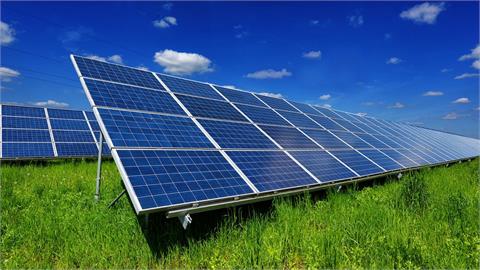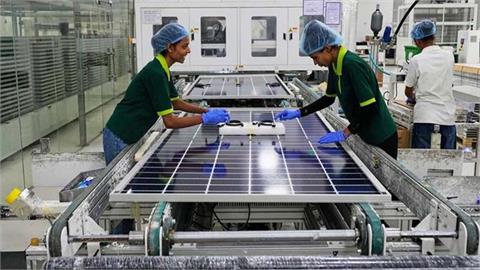The IEA said that while its data this month suggest that "little has changed with the market showing an extraordinary transformation from a major surplus in the first quarter of 2016 to near-balance in the second quarter of 2016" there were signs of potential instability.
"In mid-summer 2016, although market balance is upon us, the existence of very high oil stocks is a threat to the recent stability of oil prices: in the first quarter of 2016 refinery runs growth (referring to the amount of oil a refinery can produce) was 60 percent higher than refined product demand growth," the IEA said.
"Despite the regular upwards revisions to demand that we have seen in recent Reports there are signs that momentum is easing; and, although stocks are close to topping out, they are at such elevated levels, especially for products for which demand growth is slackening, that they remain a major dampener on oil prices."
With global refinery runs expected to fall by 800,000 barrels a day (b/d) in the second quarter of 2016 before surging by 2.4 mb/d in the third quarter, the IEA said that "we may well see crude oil stocks fall back but there is a risk that, unless demand turns out to be stronger than we currently anticipate, products stocks could rise still further and threaten the whole price structure."
Neil Atkinson, head of the Oil Industry and Markets Division at the IEA, summarized the report when speaking to CNBC on Wednesday.
"The main point of the report is that although the oil market is coming close to balance in the second half of 2016, it is doing so against a background of very, very high level of oil stocks which have been building up remorselessly over the last three years or so. These high stocks are a major dampener on oil prices," he said, "so I think we're rather range-bound for the time being."
Emerging trends
Global oil demand is being closely watched by producers (many in the U.S. and Canada) who shut down production as they struggled to break even with the lower oil price. There have been concerns too that an uptick in oil prices could prompt too many producers to re-start production, upsetting the slow balancing of supply and demand.
The IEA forecast that a "modest deceleration" in global oil demand growth was foreseen for 2017, however, easing to 1.3 mb/d taking average deliveries up to 97.4 mb/d. The majority of the projected upside in 2017 was attributable to non-OECD consumers, chiefly in Asia and especially India.
The IEA gave examples of where demand growth could be starting to ebb, with China and the U.S. exemplifying the trend.
"In China, data for May suggests that year-on-year demand growth was only 130,000 b/d, part of a recent trend of smaller increases. For the U.S., estimated gasoline deliveries in April were up just 75,000 b/d up on the year earlier and 410.000 b/d below our expectations."
It noted that "somewhat unexpectedly," the saving grace for oil demand had been Europe where, in the second quarter of 2016 year-on-year growth reached a five-quarter high. The IEA warned that "this is unlikely to last, though, with the ongoing precariousness of the European economies now dealing with added uncertainty following the result of the U.K. referendum on membership of the European Union."
The IEA's Atkinson said the vote had added "another layer of uncertainty" to underlying concerns over the health of the euro zone.
"It's more likely that the outcome of Brexit will be negative than positive for European oil demand but we'll have to wait and see."
While demand growth looked uncertain, on the supply side, the IEA noted that non-OPEC production remained on course to fall further this year, by 900,000 barrels a day to 56.5 mb/d, before staging a "modest recovery in 2017"and rising 200,000 b/d.
On the contrary the 14-country producer group OPEC keeps on pumping at record rates. OPEC refused to cut production back in November 2014 in a bid to defend its market share rather than oil price. The IEA said OPEC crude oil output during June was at the highest level since July 2008, with production at 33.21 mb/d.
Oil prices have moderated recently on concerns over global growth. On Wednesday, Brent crude futures were trading at $47.88 and U.S. West Texas Intermediate (WTI) at $46.29. Concluding a summary of its latest report, the IEA was cautious. "Our underlying message (that the market is heading to balance) remains on track, but the modest fall back in oil prices in recent days to closer to $45/bbl is a reminder that the road ahead is far from smooth."
(CNBC)



